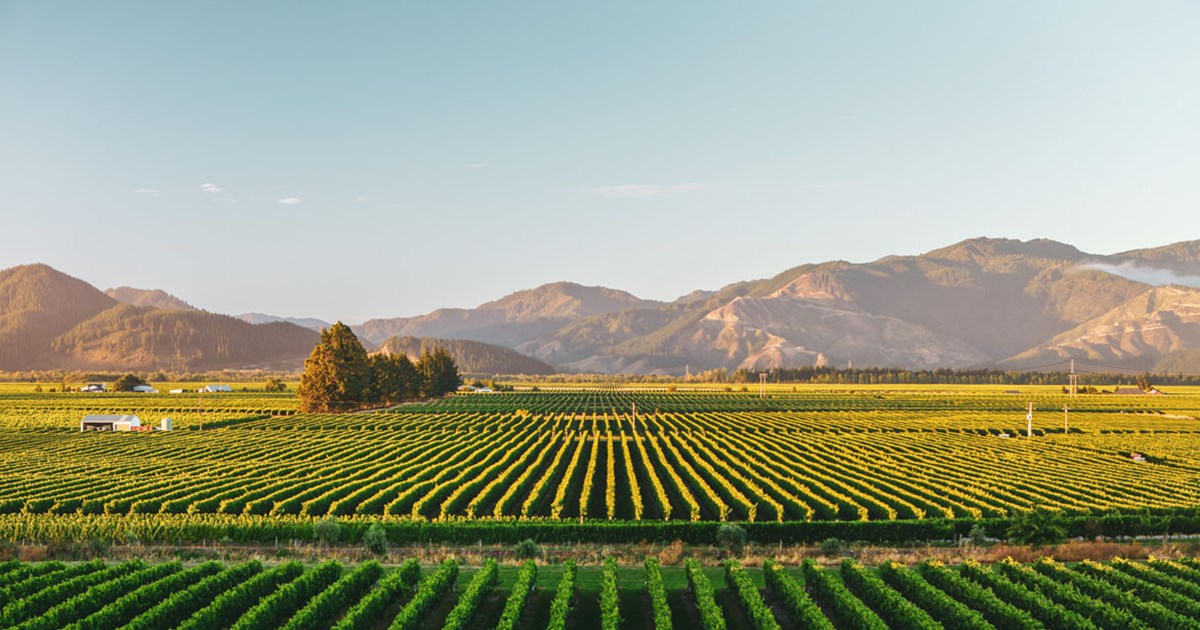Whether you are new to the city of Wellington or you have lived here for years, there are some major differences between living in Wellington vs Auckland. As you read through the information that follows, you’ll find out more about these differences, along with other important considerations.
Cost of groceries
Compared to Auckland, the cost of groceries in Wellington is much lower. However, compared to other major cities in New Zealand, the cost of groceries in Wellington is not as low.
A typical family can spend about NZ$150 per week on groceries. This includes a loaf of bread, a block of cheese, a dozen eggs, a carton of milk and nappies.
The Commerce Commission recently found that New Zealand shoppers face the most expensive groceries in the OECD. The report suggested that the competition in the grocery sector is not working well for consumers. It also suggested that planning laws should be changed so that the supermarket sector is more regulated. The report estimated that Coutdown NZ and Foodstuffs make $430 million in excess profits each year.
Public transport
Compared to Auckland, public transport in Wellington is more user friendly. The transport system has been improved, including new buses and Snapper prepaid swipe card systems. There are also several hop on, hop off bus services.
The railways in Wellington have been maintained since 1874. However, the 1950s saw a shift towards motorways, which led to the closure of the tram network in many centres.
The transport system in Auckland has seen millions of dollars invested over the past few decades. The rail system reopened in the early 2000s. The rail system in Auckland is run down, however. Compared to Wellington, trains are used by a relatively small number of commuters.
While trains may seem to be the better option for commuters, buses are more popular in Auckland. Buses are more convenient for commuters, as they have frequent departures.
Climate
Compared to Auckland, Wellington has a cooler climate. In addition, Wellington has more dry days than Auckland.
Auckland and Wellington are separated by the Cook Strait. The Cook Strait is a very windy body of water. This winds may affect the weather in Auckland. It is also known for its high rainfall.
Wellington is situated on the south of New Zealand. Its climate is a mixture of rain and snow. It is situated at 41 degrees south. The drier period in Wellington is from October 26 to May 8. The wettest month in Wellington is June. The coldest month is July. Its annual rainfall is higher than that of Auckland. Its precipitation averages over 47 inches per year.
Auckland is the largest city in New Zealand. It has more sunshine hours than other cities in New Zealand. In October 2016, Auckland’s population was 1.4 million. This number is expected to reach two million by 2033. Auckland is further north than Wellington. It is also a warmer city. Auckland has a higher midday sun altitude than Wellington.
Smaller regional centers may be the best places for families
Whether you’re considering locking in Auckland or Wellington movers to relocate or just visiting for a few days, it’s hard to deny that the country has an impressive number of regions to choose from. For families, the smaller towns may be the best bet. Compared to the big cities, the cost of living is significantly lower. In addition, the city is also well positioned to offer you opportunities to explore the spectacular islands and rainforests of New Zealand.
The city also makes a splash on the culinary front, with the area’s top chefs serving up some of the country’s finest. Napier has a thriving food and wine scene, as well as plenty of parks and walkways. It’s also home to one of the country’s most impressive public transport systems.
Safety
Generally speaking, the safety difference between living in Auckland and Wellington is minimal. However, there are some things to consider before moving to either city.
While Auckland is a relatively safe city, the city still has some crime-infested areas. If you want to stay in an area where you can feel safe, it’s best to stay in a central part of the city.
Wellington is a smaller city with more friendly people. Although there is a high crime rate in some areas, Wellington’s crime rate is comparable to Auckland. There are fewer crimes and less violent crime.
Most of the crime in New Zealand is petty theft and drunk conduct. Generally, New Zealand is a very safe country but it is always better to take precautions to prevent any opportunistic crime. Keep windows and doors locked, and lock your accommodation. You should also never accept drinks from strangers when out in the bustling night life. Nevertheless, both Wellington and Auckland have charms of their own and settling in either city would make for a pleasing experience.

